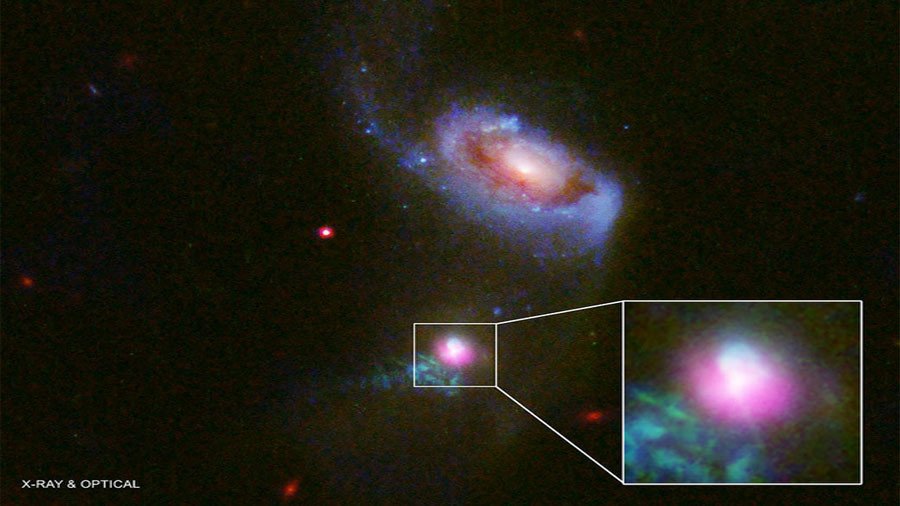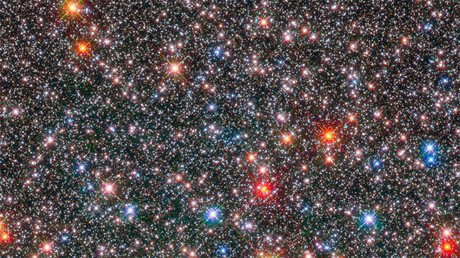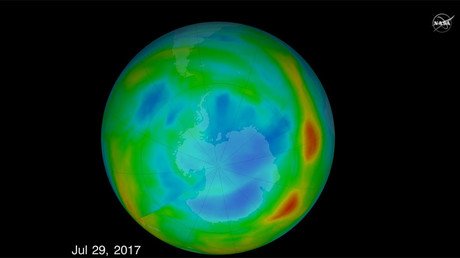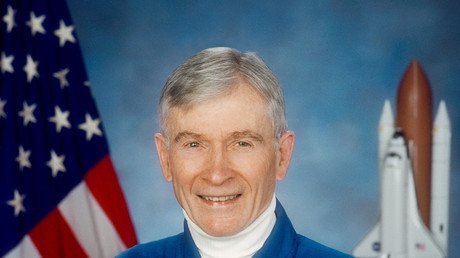Supermassive black hole caught ‘burping’ gas by NASA telescopes

NASA astronomers caught a supermassive black hole “snacking on gas and then burping” it out – twice, in fact – using data from several telescopes.
The composite image shows the two ‘burps’ using data from NASA’s Chandra X-ray Observatory (in purple) and Hubble Space Telescope (in green, red and blue), with the galaxy named J1354.
The burps, which occurred about 100,000 years apart, are the result of the blackhole’s “two-course meal” from J1354’s previous collision with another galaxy. The crash produced a stream of stars and gas that caused the first ‘burp’ and the second outburst was a result of different clumps also caused by the stream.
Evening with the Stars: NASA's Chandra Finds Supermassive Black Hole Burping Nearby. https://t.co/W8VkNPbiV8
— Chandra Observatory (@chandraxray) January 13, 2018
“We are seeing this object feast, burp and nap, and then feast and burp once again, which theory had predicted,” said Julie Comerford of the University of Colorado (CU) at Boulder’s Department of Astrophysical and Space Science.
“Fortunately, we happened to observe this galaxy at a time when we could clearly see evidence for both events.”
A “telltale sign” of the supermassive black hole – which NASA says is millions or perhaps
even billions of times bigger than our sun – was captured by Chandra in the form of a bright, point-like X-ray emission.
READ MORE: Mars ice cliffs could be key to supporting life on Red Planet
“The X-rays are produced by gas heated to millions of degrees by the enormous gravitational and magnetic forces near the black hole,” NASA wrote.
“Some of this gas will fall into the black hole, while a portion will be expelled in a powerful outflow of high-energy particles.”
The team compared images from Chandra and Hubble and determined that the black hole is embedded in a heavy veil of dust and gas and located in the center of the galaxy, “the expected location for such an object.”















